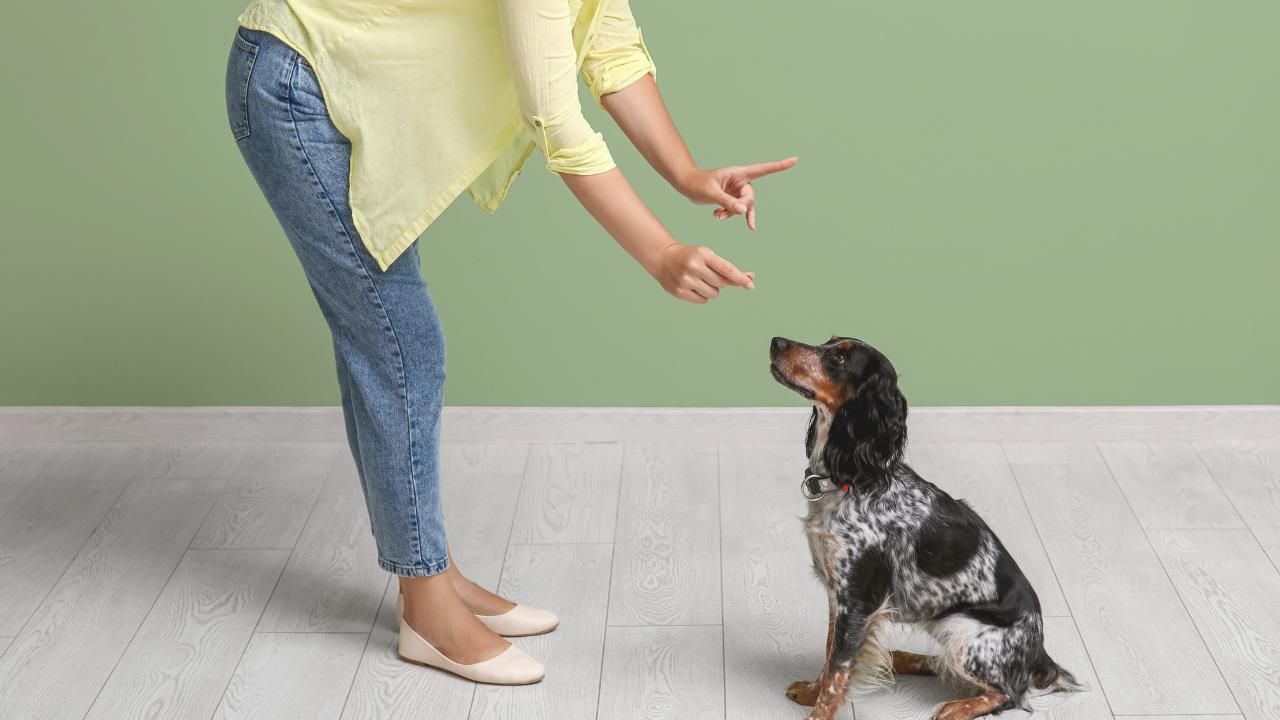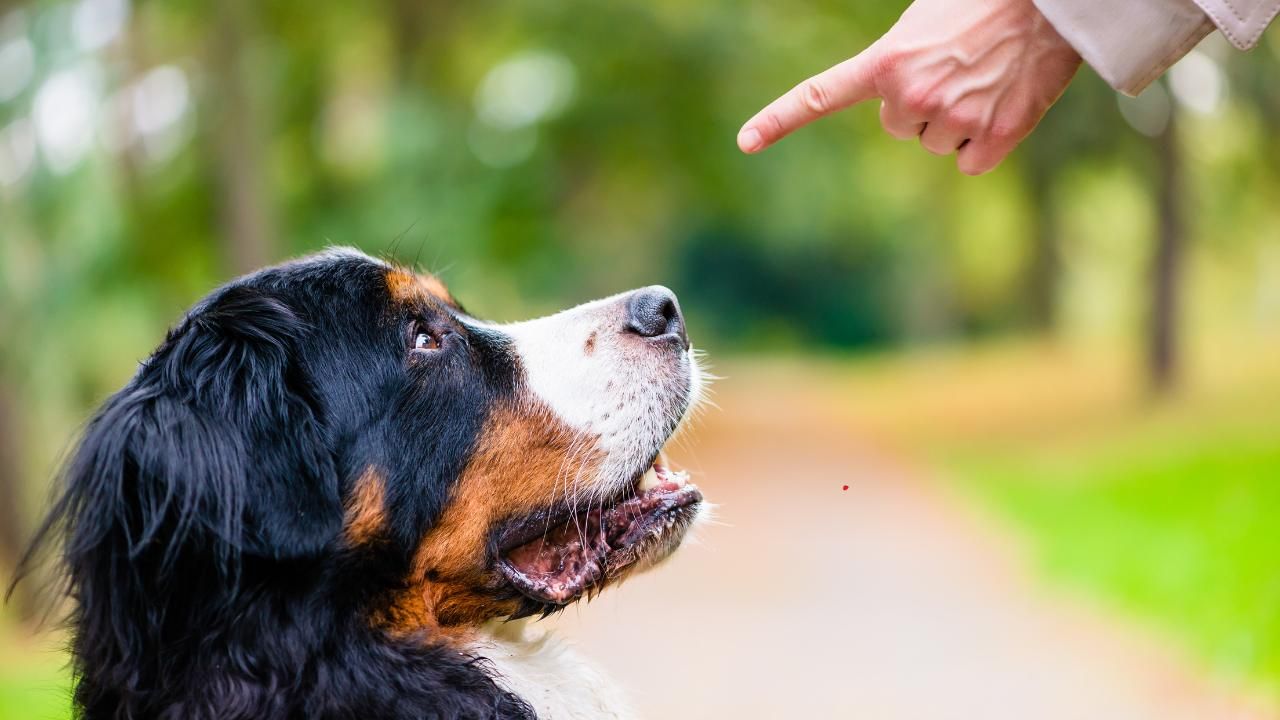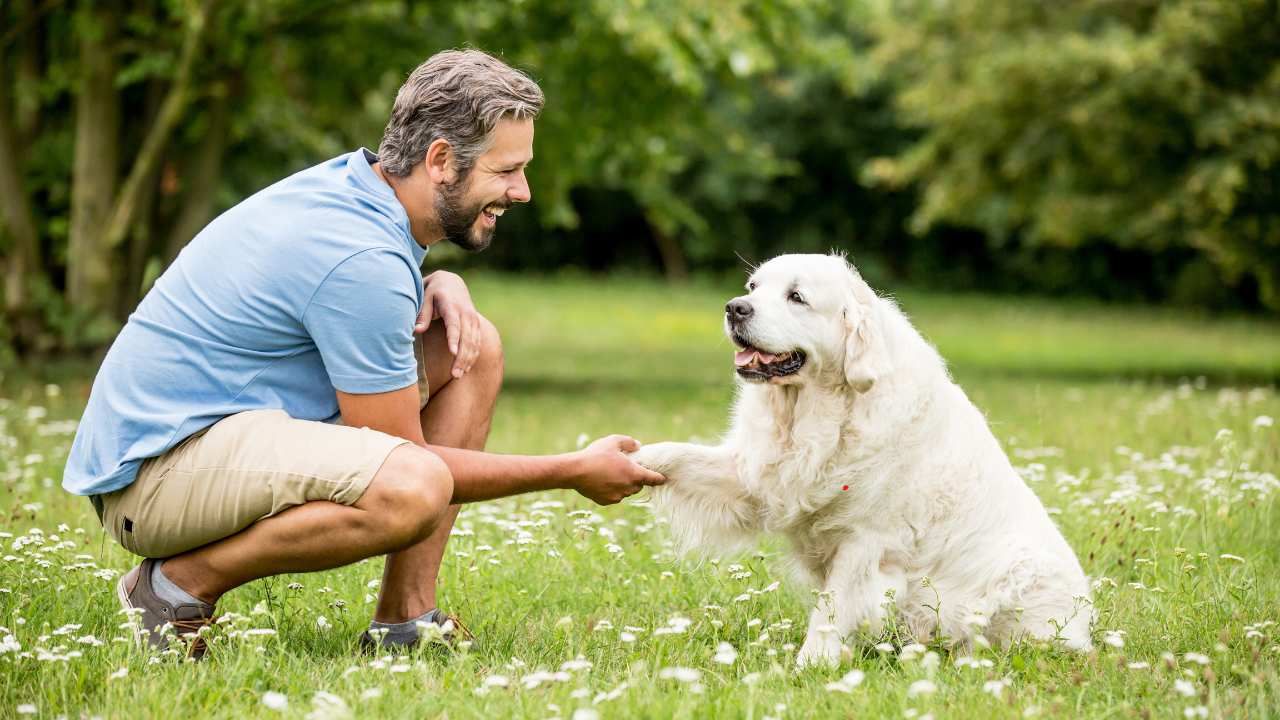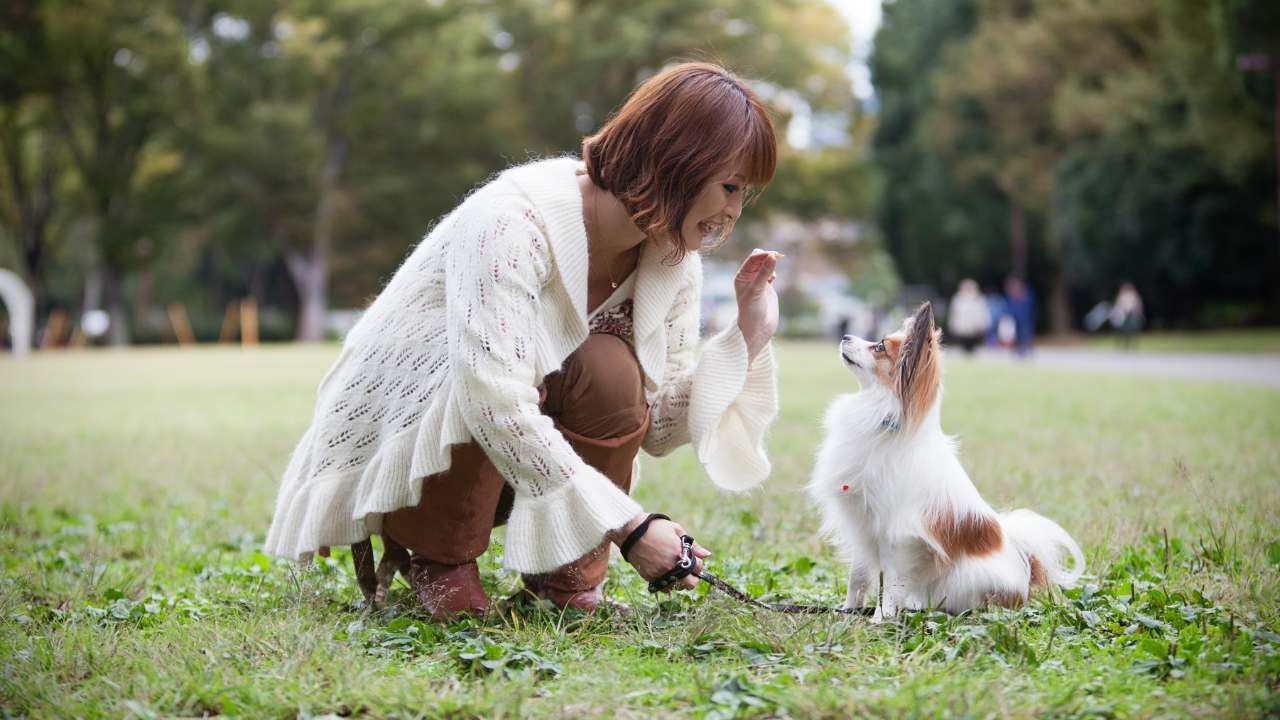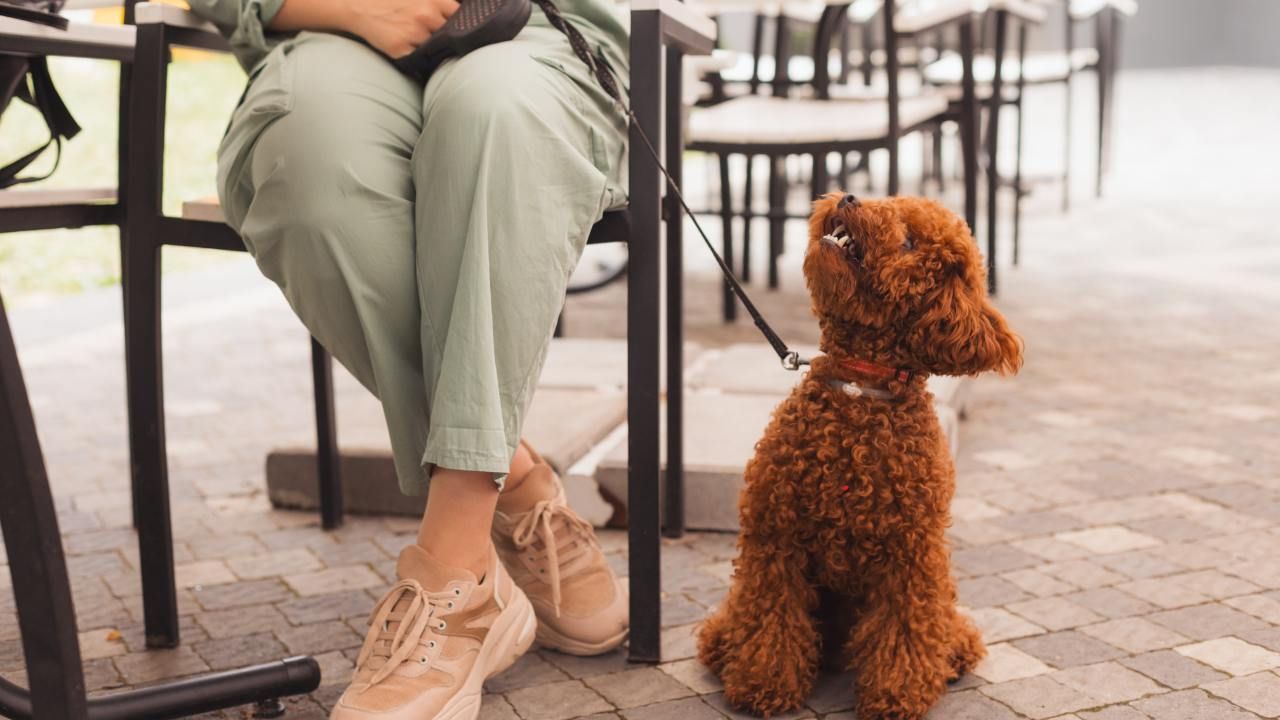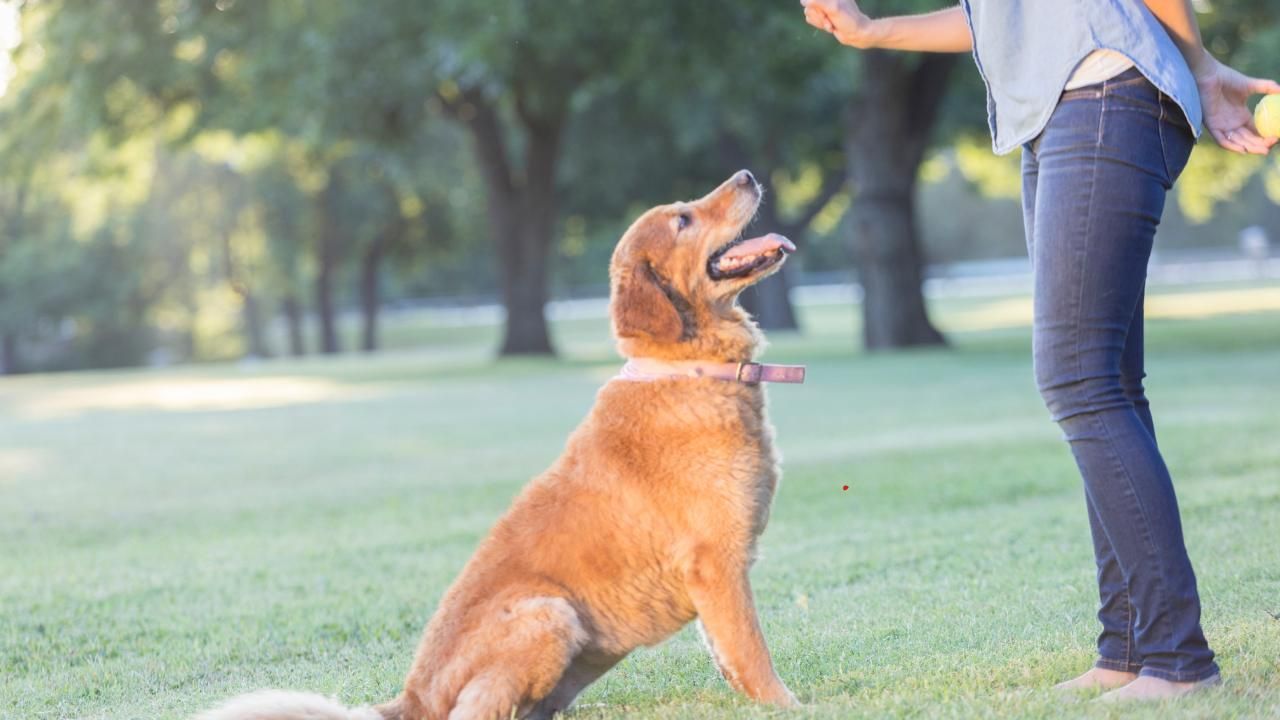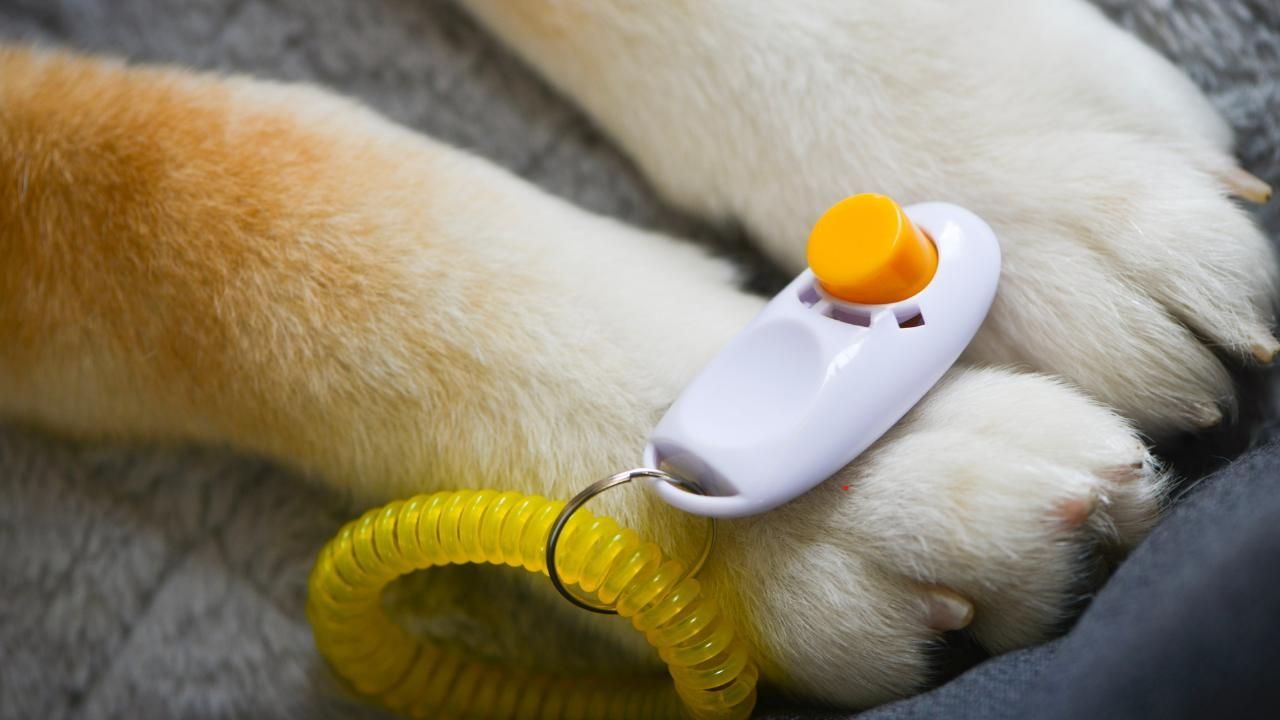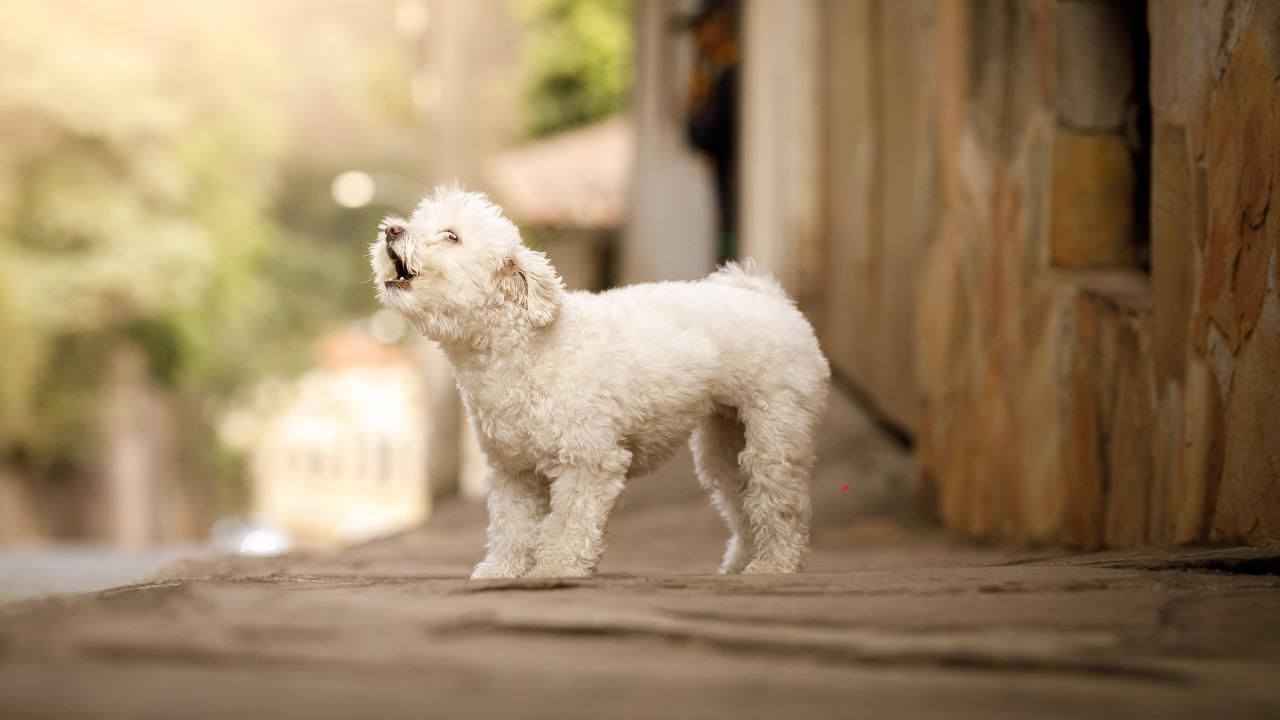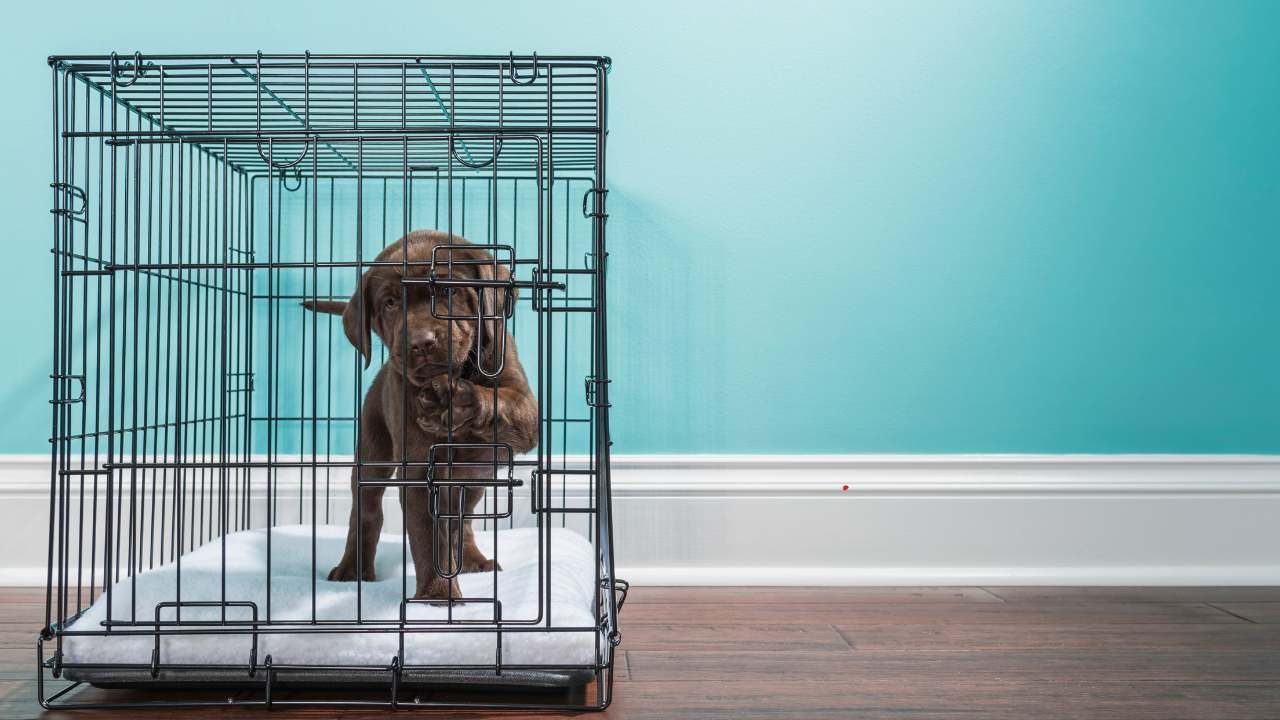Breaking Bad Habits: How to Stop Jumping, Chewing, and Digging
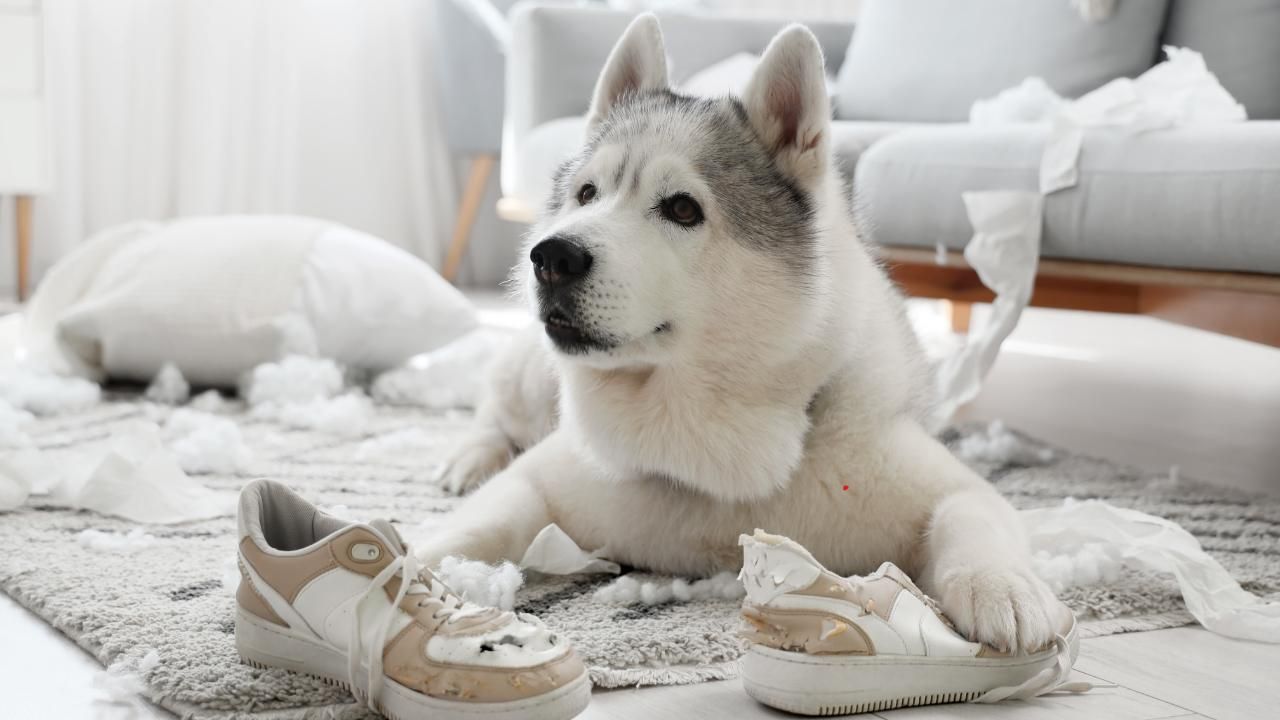
Every dog owner knows that life with a pup comes with its share of challenges. From chewed-up shoes to freshly dug craters in the yard, unwanted behaviors can test your patience and leave you wondering how to set your dog on the right track. While there are fully trained dogs for sale in Cottonwood AZ, most pet owners are navigating the ups and downs of training at home. The good news? With consistency, patience, and the right techniques, you can teach your dog to ditch these bad habits and embrace better ones.
At Doodling Pups, LLC, the focus is on creating positive, lifelong bonds between people and their pets. And while the company offers well-trained designer breed dogs for families ready to skip the early training struggles, you can still shape your current pup into a well-mannered companion. Let’s dive into three of the most common problem behaviors—jumping, chewing, and digging—and how you can stop them.
Why Dogs Jump (and How to Stop It)
Jumping is often a sign of excitement or a way your dog seeks attention. Unfortunately, what feels like affection to them can be overwhelming—or even dangerous—for guests.
Tips to fix jumping:
- Ignore the behavior: Don’t reward jumping with attention. Turn away or step back until your pup calms down.
- Reward calm greetings: Praise and treat your dog when all four paws stay on the ground.
- Consistency matters: Make sure everyone in the household responds the same way, so your dog doesn’t get mixed signals.
Over time, your dog will learn that keeping paws down is the fastest way to get attention and affection.
The Chewing Conundrum
Chewing is a natural instinct, but it becomes a problem when your pup targets your furniture, shoes, or anything else valuable. Dogs often chew out of boredom, teething discomfort, or anxiety.
Ways to redirect chewing:
- Provide alternatives: Offer sturdy chew toys, bones, or puzzle feeders.
- Puppy-proof your home: Keep shoes, cords, and tempting items out of reach.
- Exercise more: A tired dog is less likely to chew out of frustration.
If your dog continues to chew despite redirection, it may signal anxiety or lack of stimulation—addressing the root cause is just as important as correcting the behavior.
Digging Disasters in the Yard
Few things are more frustrating than stepping into your backyard and finding it full of holes. Digging is usually motivated by instinct, boredom, or the desire to stay cool.
Solutions for digging:
- Designate a digging zone: Create a sandbox or section of the yard where digging is allowed, then encourage your pup to use it.
- Block problem areas: Use fencing or garden barriers to protect flower beds and other sensitive spaces.
- Stay active together: Daily walks, fetch, or agility exercises help burn energy so your dog isn’t tempted to dig for entertainment.
With consistent redirection, dogs can learn to control this destructive habit while still satisfying their instincts.
Case Study: Bella the Goldendoodle
Bella, a one-year-old Goldendoodle, was chewing everything in sight when her owners brought her to a trainer. Shoes, chair legs, and even the corner of a coffee table fell victim to her teeth. After implementing a structured routine—daily walks, puzzle toys, and consistent redirection to safe chew items—Bella’s destructive chewing decreased dramatically within a month. Her owners now enjoy a calmer, happier pup who understands what’s off-limits.
Building Better Habits Takes Time
Breaking bad habits in dogs doesn’t happen overnight, but it’s always possible with persistence. Jumping, chewing, and digging are all natural behaviors—it’s up to you to redirect them into positive outlets. Remember: consistency, patience, and positive reinforcement are your best tools.
And if you’d prefer to skip the training stage altogether, you can explore resources like Doodling Pups, LLC, where you’ll find fully socialized and well-trained designer breed dogs ready to become part of your family. Whether you take on the challenge yourself or choose a pup that’s already polished, the reward is the same: a loyal companion who makes your home feel whole.
Next step: Try one of these training strategies this week with your pup, and stick with it for at least seven days. You’ll be surprised how quickly small, consistent actions can transform unwanted habits into positive ones. Contact us to learn more.

